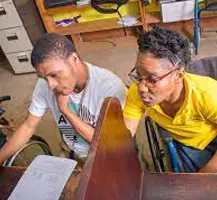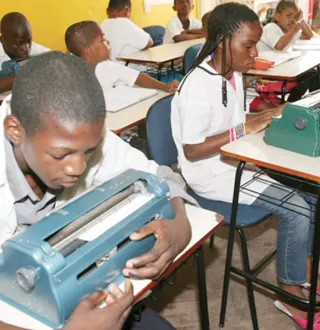Our Response
We provide a preliminary training framework to reflect the building blocks of the transition preparation process, according to best practices. The transition planning framework will result in an organized and properly evaluated transition system, so that national data will reflect the transition needs and outcomes of youth with special educational needs and disabilities.
The program structure for transition preparation requires a systematic and monitored collaborative framework. It is understood that schools have their unique experiences and culture. Transition programs, however, should be implemented with careful attention to the procedures and processes, particularly if implemented by a group of schools, with an agreed management focus and agenda.
Although most schools offer pre-vocational skills-training programs for students with focus on job-entry skills; skills training for employment, is one aspect of school-to-work transition planning.




Other domains of transition preparation include: (a) family roles and responsibilities (b) education, and (c) independent living. Although job-specific skills are important for being ‘employment-ready’, the non-academic aspects of readiness for life after school should be reflected in a systematic and structured instructional program.
To implement the transition initiative in the general education context, a relevant and practical curriculum, structured program, trained personnel, and appropriate resources to interpret and implement the elements of transition planning are needed. It must be understood clearly that there is a difference in what is meant by ‘transition from high school’ for the general education context; and ‘school-to-work transition (STWT) for learners with special educational needs and disabilities. The difference is reflected in the introduction, phases, sustainability or longevity of transition planning, as a critical aspect of educational provision.


